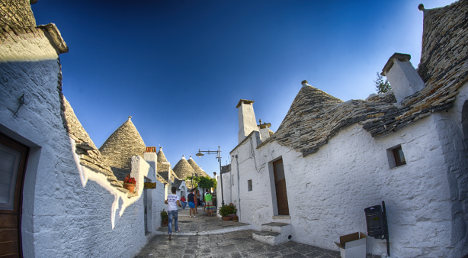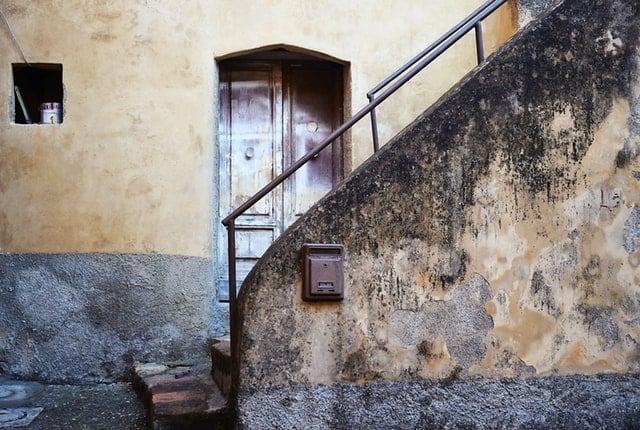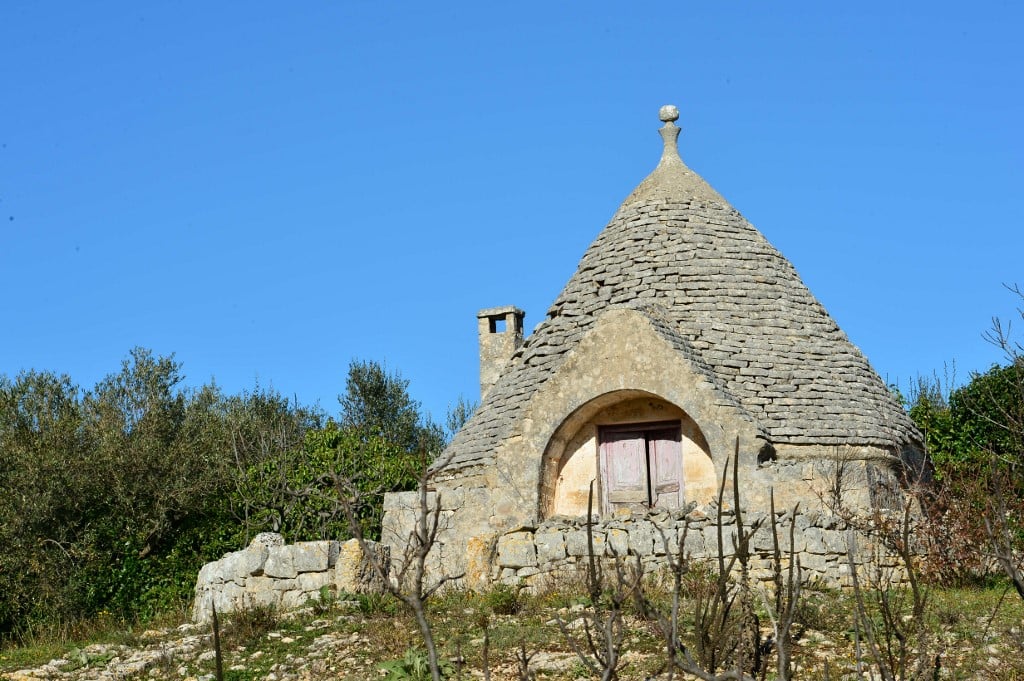The people of Puglia had been building trulli, or trullo in the singular, homes for 5,000 years before new construction was banned by the government in the early 1990s.
Fortunately, this also meant that demolition of those that survived was also banned.
Thousands of the quirky, stone-and-stucco homes are scattered across the region, and have been drawing tourists and buyers with an eye for renovation for years.
Maureen McLeod, who runs the estate agency, Elite Puglia, tells The Local that trulli houses “are extremely popular to buy and renovate, especially with buyers from overseas.”
She adds that “some amazing architectural ideas can transform these traditional buildings into fantastic homes….a mix of the original trullo with modern living gives a very original property.”
The Local got in touch with Marco Cavallo, an architect at the Bari-based Studio Talent, who showed us how a trullo home can be transformed.
Prices of trulli homes currently up for sale range between €25,000 and €90,000.
CLICK HERE to see what bargains can be found and to speak to an agent.
Don't miss a story about Italy – Join us on Facebook and Twitter.




 Please whitelist us to continue reading.
Please whitelist us to continue reading.
Member comments